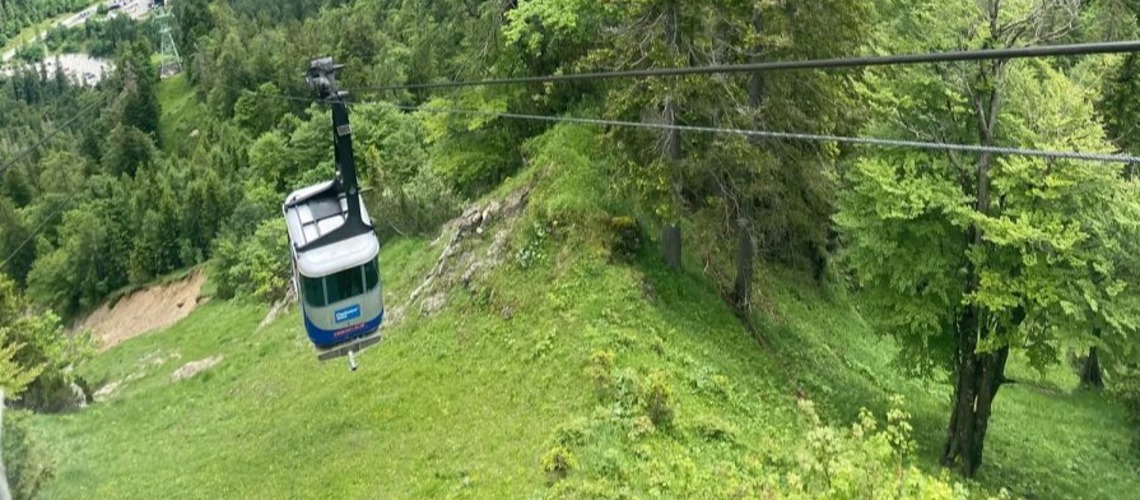Gosaukammbahn - Look Behind The Scenes Of A Traditional Cable Car

Welcome to a fascinating journey behind the scenes of one of Austria's oldest mountain railways! A technical journey of discovery that sheds light on the historical and innovative aspects of cable car technology.
Mechanical copying mechanism – a masterpiece of mechanics
A special highlight of the railway is the mechanical copying mechanism, which is rarely found in this form in Austria. 100% mechanical, a torque is absorbed by the deflection disc via chains and gears. This is taken over by a control box that shows the driver the position of his wagon on the track. This precise monitoring is crucial, especially when the wagon is being driven in.
There are four zones in total, which are monitored depending on the switches on the deflection disc. These prevent the car from racing uncontrollably through the station. Modern systems solve this problem digitally with speedometers, but here we are experiencing technology in its most original form.
Suspension cable – a technical balancing act
The counterpart to the suspension cable is located in the valley station, where the tension weight is attached. The suspension cable is wound four times around a so-called "bollard" and fixed using its own friction. Two clamps, which are offset by 90 degrees, absorb the remaining residual force. A special monitoring device, the spy, checks the condition of the clamps and warns if there is insufficient space, which could indicate that the cable is slipping.
Every twelve years, the support cable has to be moved around the longest support surface. On this track, this is the only support in the middle, which is 8.5 meters long. This measure prevents the cable from resting in the same place for more than twelve years. An interesting detail: the cable is still the original from 1967.
Drive – precision and safety
The running gear consists of rollers that run on the supporting cable, a traction cable coupling and a traction cable brake that holds the vehicle in the event of a traction cable break.
Particularly noteworthy here are the custom-made pantographs and the rollers on the guide rail. A blue switch marks the control stopping point at which the train recognizes that it has reached the station and stops automatically. If this point is exceeded, a danger limit switch one meter behind it intervenes and activates the safety brake.
Three operating modes – flexibility in emergencies
- The railway has three operating modes:
- Mains power via generator: The normal operating mode.
- Auxiliary drive that feeds the generator: An additional drive in case the mains power fails.
- Emergency operation via VW engine: In an absolute emergency, a VW engine can directly access the system disk and maintain operation.
In contrast to new railways, which only have main and emergency drives and can only be operated empty in an emergency, the additional auxiliary drive of the Gosaukammbahn makes it possible to reduce the travel speed and continue operations throughout the day.
Conclusion
These historical and technical details show the impressive engineering behind such a historic mountain railway. It combines traditional mechanics with modern technology and ensures safe and reliable operation. We hope you enjoyed this insight into the world of cable car technology and that this knowledge will make your next mountain railway ride even more exciting.














